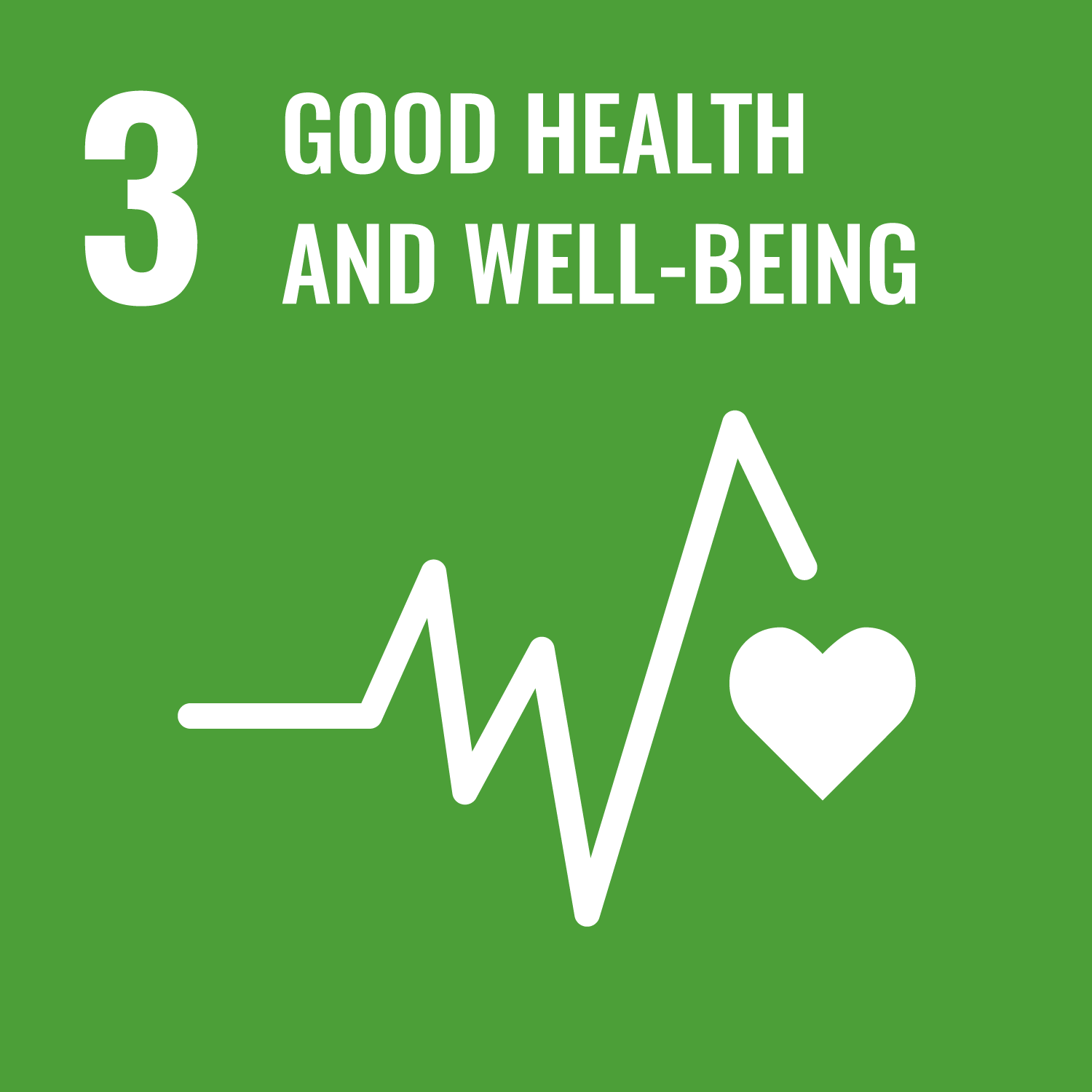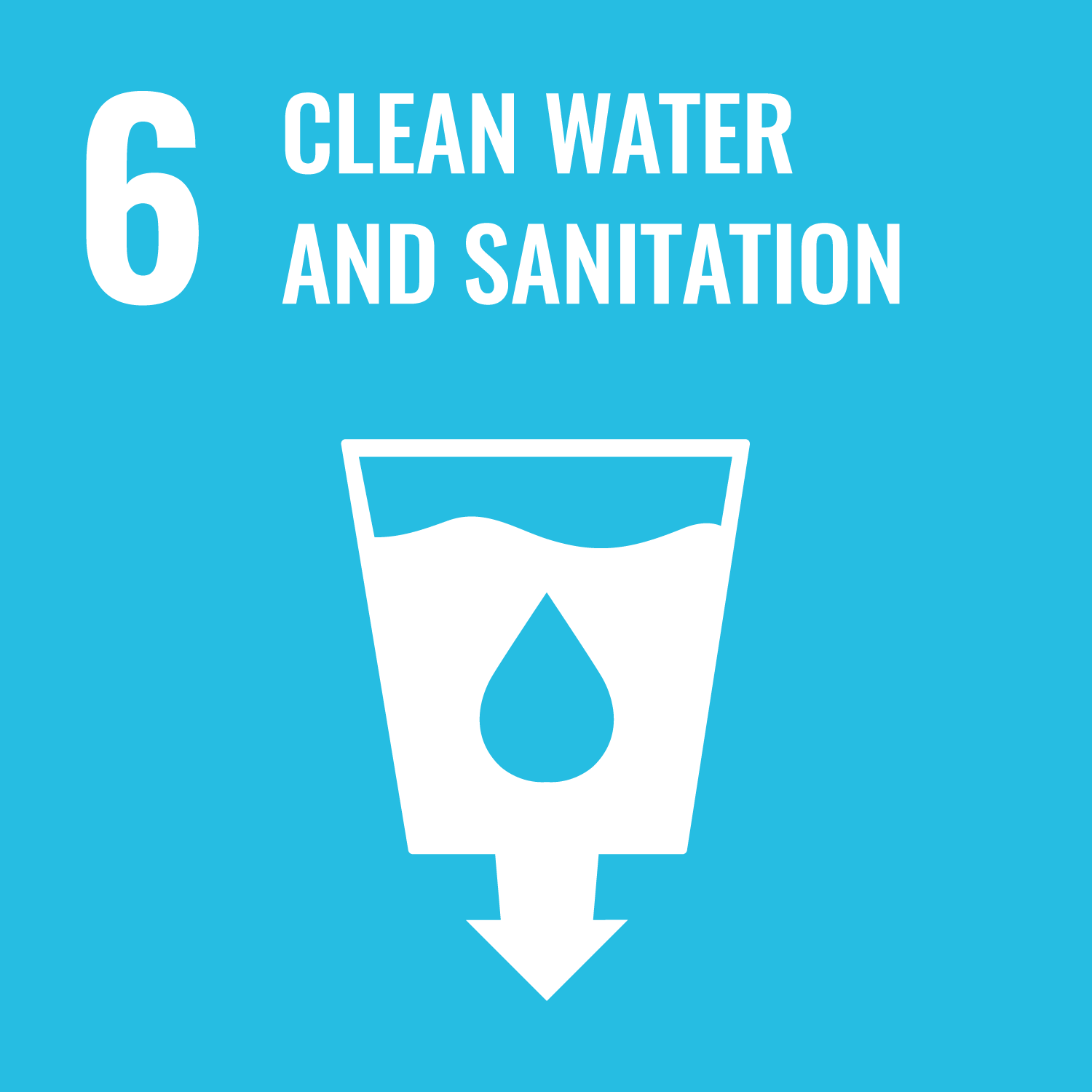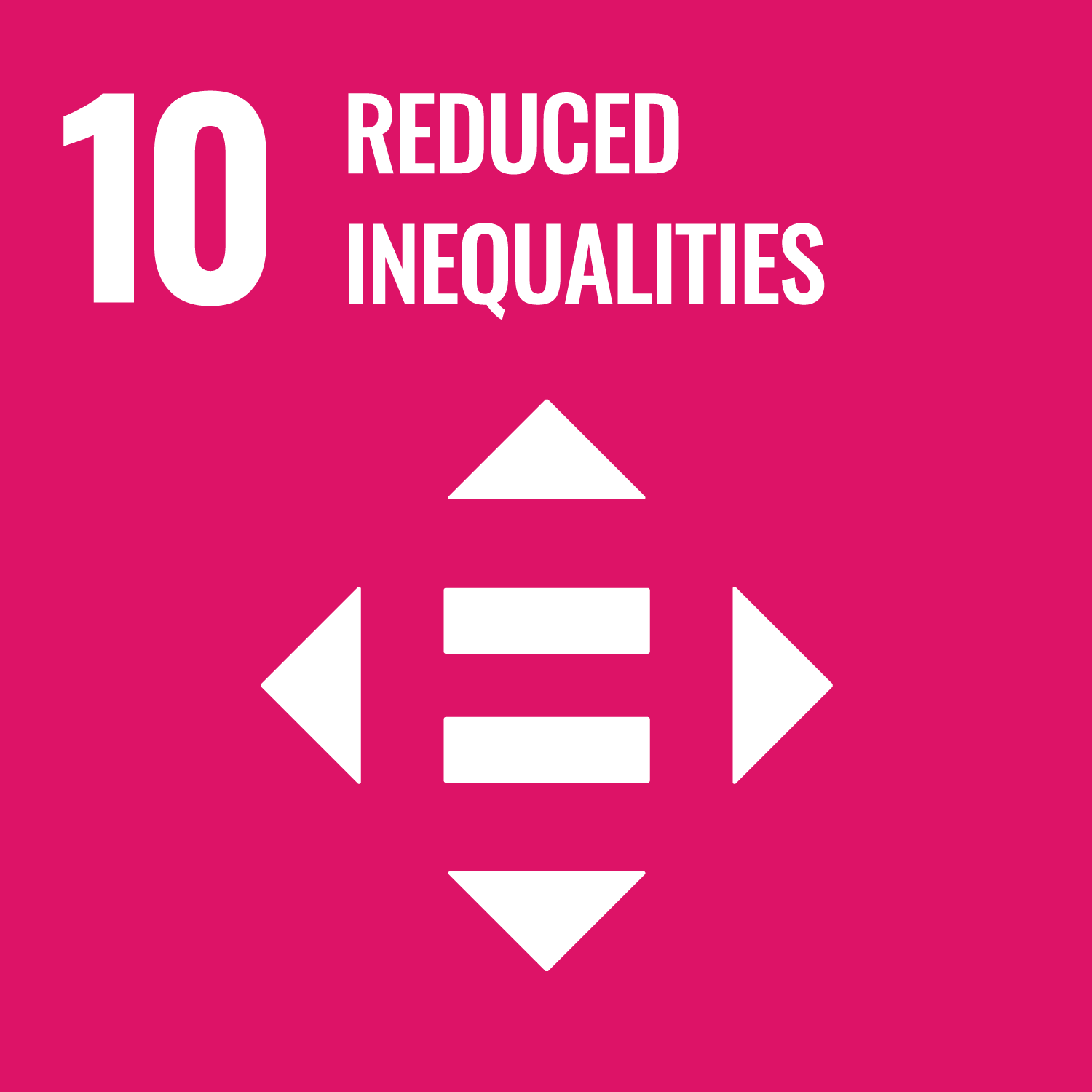SDG Detail
Tutorial: Toxic America: Pollutants, Poisons, Politics
NoneProject description
Exposure to toxic substances is a routine condition of life in the United States. If toxics represent �adverse effects� to living systems, how and why did they become so abundant in the air, water, and food we ingest? The premise of this course is that the twentieth century witnessed soaring levels of toxic pollution. As synthetic chemicals, agricultural dusts, antibiotic residues, radioactive isotopes, and heavy metals saturated our environments, American scientists, activists, and artists identified and politicized lists of poisons. Students will first learn about the history of toxicology and environmental health in the US. We will then work with these frameworks to examine toxic events and everyday exposures as forms of fallout. We will investigate how the distribution of toxics reflects the racial, gender, and settler-colonial histories of America. We will explore history through an understanding that risk and exposure are central to environmental justice. A final concern is to consider how invisible, microscopic, and nonhuman living things inform our historical methods and questions.
Project aims
?
Project outcome
?
Related SDGs
The corresponding sustainable development goals correlated with this project. You you click the icon to link to SDG category description page.











